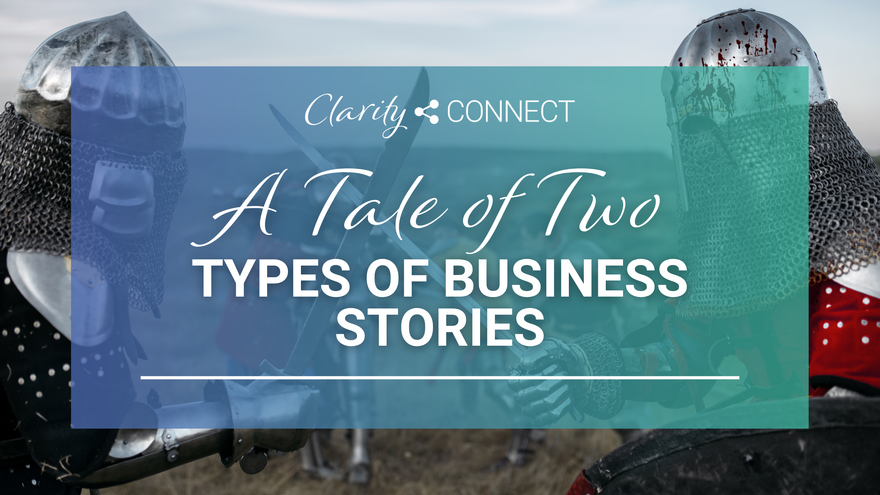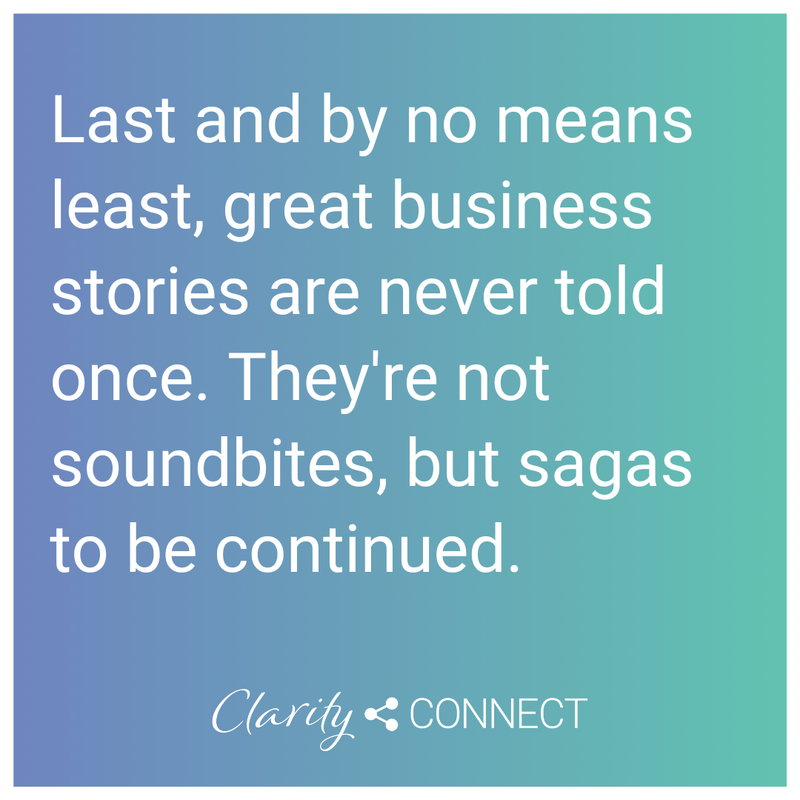
TWO WEEKS AGO, I made a case for Nova Scotia high-tech entrepreneurs to channel their inner storytellers to better market their ideas and inventions. Business owners want to capture the imagination of investors, consumers, the media, or all three. But they can't rely on the merits of their technology alone. They need to spin a compelling yarn about what their company does, why it matters, and how it benefits the world. But what exactly makes a company story worth telling?
Think about it this way: You're in a pub, nursing a pint, when the most boring person in the place starts chattering incessantly about the weather. You listen for 30 seconds before tuning out. But then someone else joins your table, and within five minutes you're hanging on every word because this new acquaintance is describing a death-defying encounter with a shark. The difference between these two conversationalists isn't their respective IQ levels or communication skills (though those matter too). It's that one of them understands story structure.

Here's what makes for an effective company-oriented tale: First, like any good story, the dramatic arc of business narratives needs conflict. Think of the greatest stories in literature: David vs. Goliath; Hansel and Gretel vs. the wicked witch; Frodo vs. the dark lord Sauron in Middle Earth; Harry Potter vs. He-Who-Must-Not-Be-Named. Each involves a protagonist battling against forces that seem larger and more powerful than the hero.
Now here's where it gets interesting: The most compelling business stories also pit a small protagonist against an apparently larger foe. By definition, entrepreneurs are David-sized. They're going up against Goliath-sized problems that have stumped everyone else, using solutions that are initially considered unworkable, risky, or impossible. If there's no conflict, there's no story.

Second, there's dramatic transformation. Real stories always include change. When Cinderella attends the royal ball, she changes from a nobody into a somebody. When Scrooge gets his ghostly Christmas visitations, he transforms from a bitter miser into a generous, life-loving soul. If a character enters a story the same person they are when they exit the story, there's no transformation, and hence no story.
Similarly, effective business stories include before-and-after scenarios. This kind of narrative arc involves customers who begin with a real problem and wind up with a valuable solution, or employees who start out lacking critical skills and end up with enhanced abilities, or entire industries that shift from one way of doing business to a dramatically different and better approach.
Third, like all good stories, compelling business narratives need characters we can relate to. The central figures in classic stories aren't superhuman types who lack recognizable flaws. We remember Pinocchio not because he was perfect, but because he struggled with telling lies. We admire Atticus Finch not because he was a flawless legal eagle, but because he overcame his own limitations in the face of a difficult challenge.

The same principle applies to business storytelling. The strongest, most memorable company stories feature real people who face genuine obstacles and find authentic ways to overcome those obstacles. Investors, customers, and the media want to hear about founders or employees who confronted seemingly insurmountable business challenges and succeeded because they took creative, perhaps unconventional approaches.
Comparison and contrast are another key feature of powerful narratives. The best business stories don't just describe a company's unique characteristics; they explain why those characteristics matter by spelling out the available alternatives. They paint clear pictures about how the company's approach differs from — and surpasses — other ways of attacking the problem.
Successful business stories aren't just informational — they're inspirational. What we remember from great stories isn't a catalog of events, but the emotional themes that emerge from those events. As a reader, you feel triumphant when the underdog wins, proud when ordinary people take extraordinary risks for a worthy cause, hopeful when innovative solutions transform impossible situations.

The most effective business stories tap into those same emotional themes. They help us feel that supporting a particular company is not just a logical choice — it's a meaningful one.
I'll wrap up with this caution: Don't mistake spin for storytelling. Spin has ulterior motives. It bends the truth to serve narrow interests and creates skepticism in audiences who sense that something doesn't ring true. Real stories, by contrast, earn credibility by acknowledging the complexity and ambiguity that surrounds all human enterprises.
Last and by no means least, great business stories are never told once. They're not soundbites, but sagas to be continued. In my next column (in two weeks), I'll tackle the question of what makes the difference between companies that can sustain an audience-gripping real story over time and those that quickly run out of interesting things to say.
What do you think makes for compelling business stories? I'd like to hear from readers about companies they find particularly inspiring and why.
First published in 2004


Comments